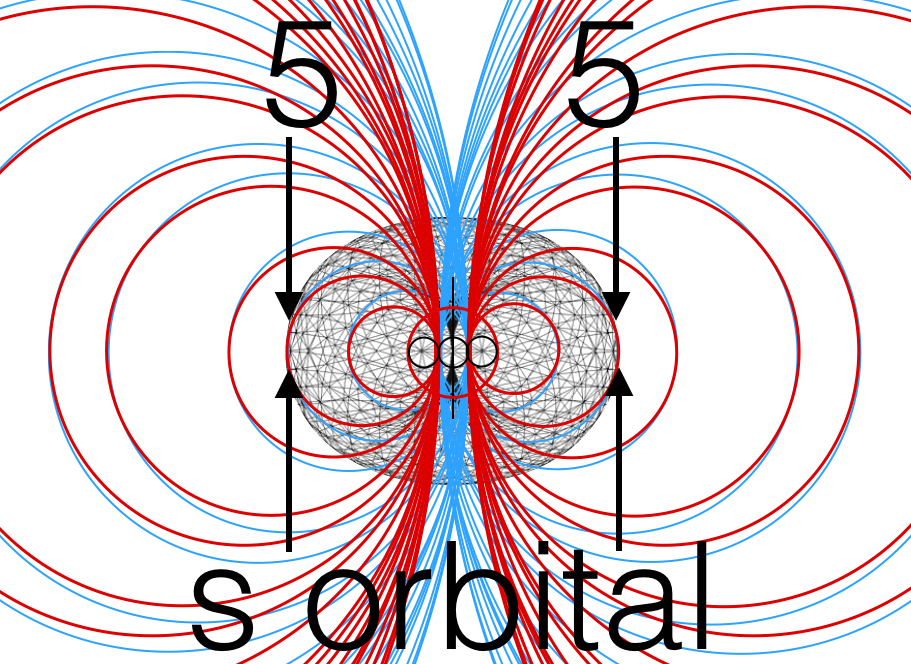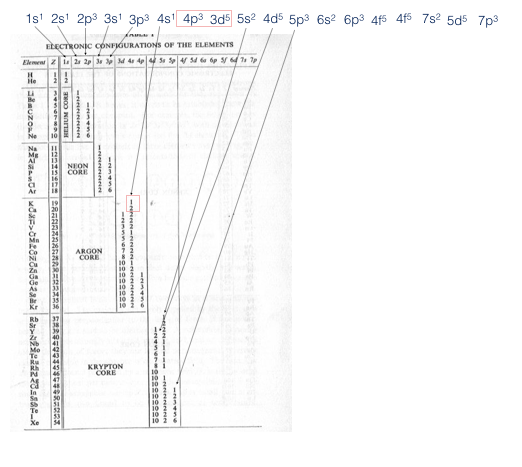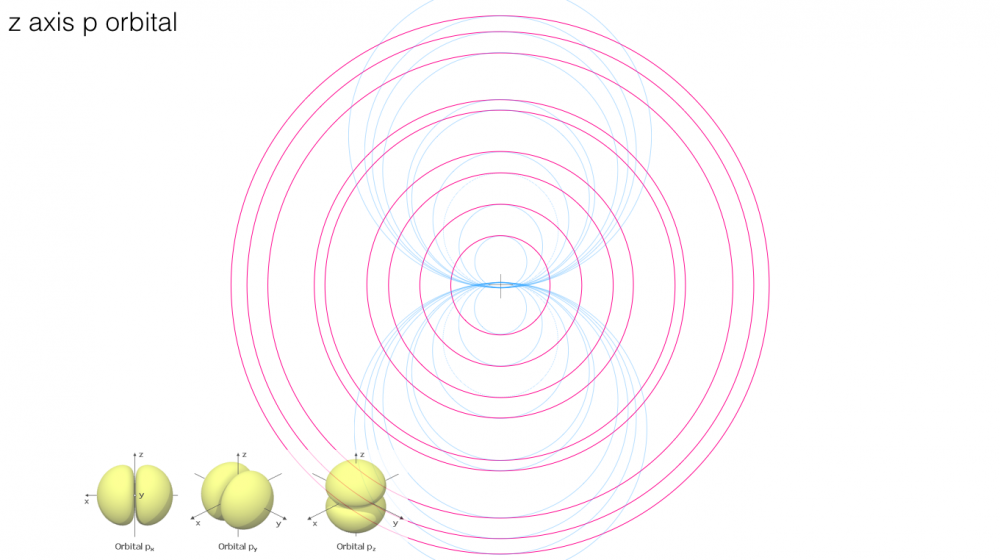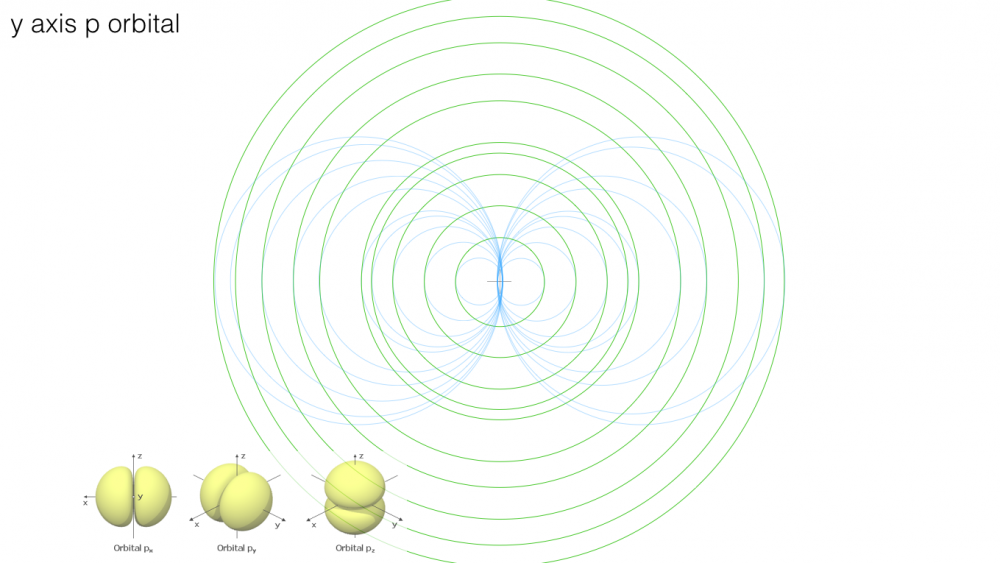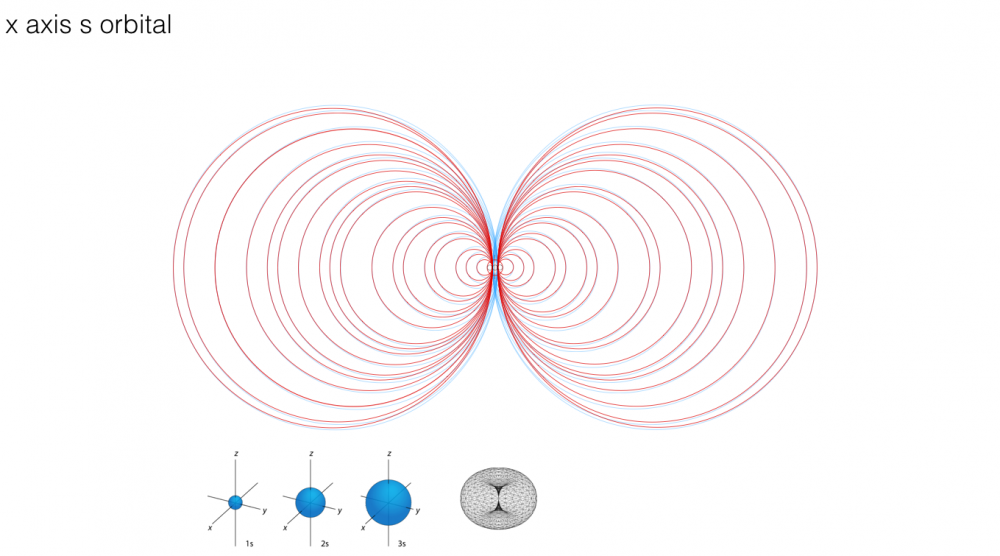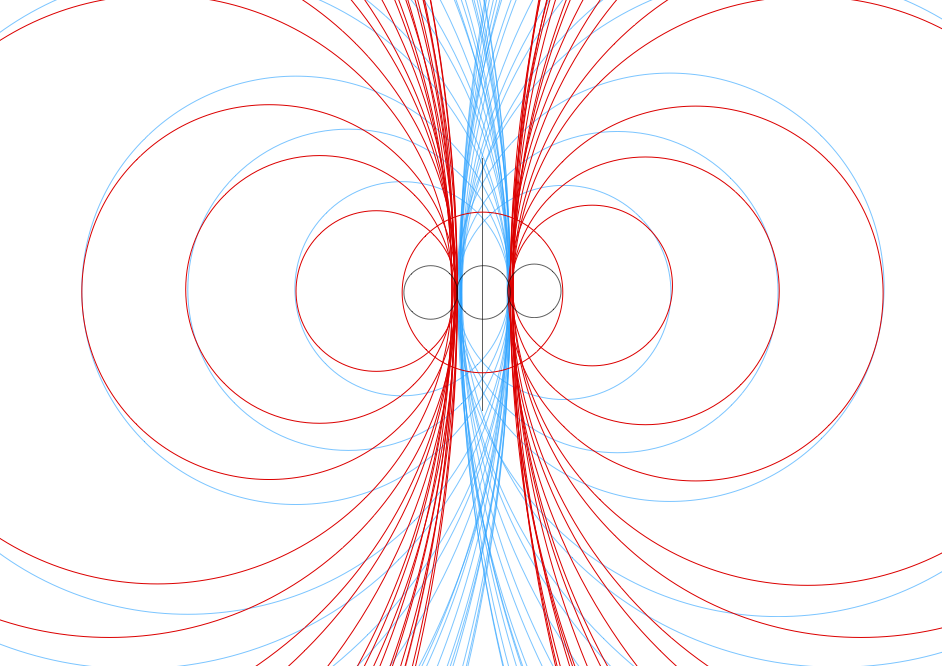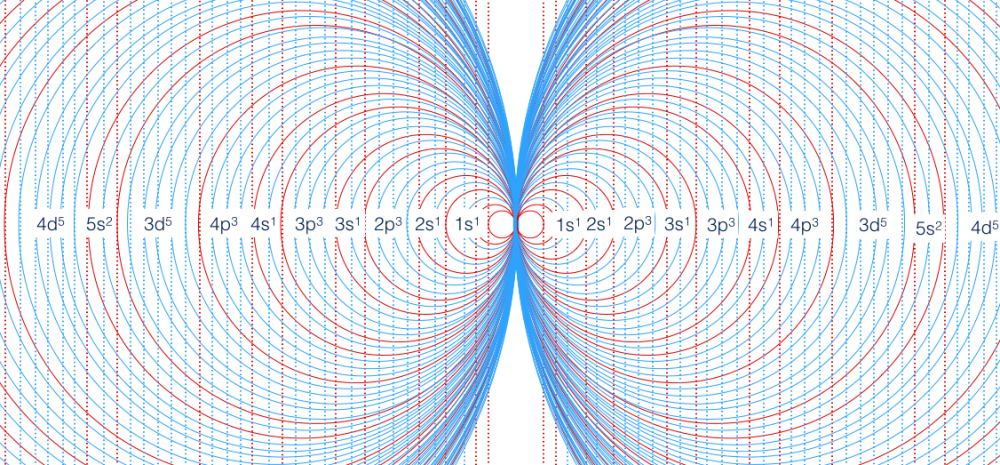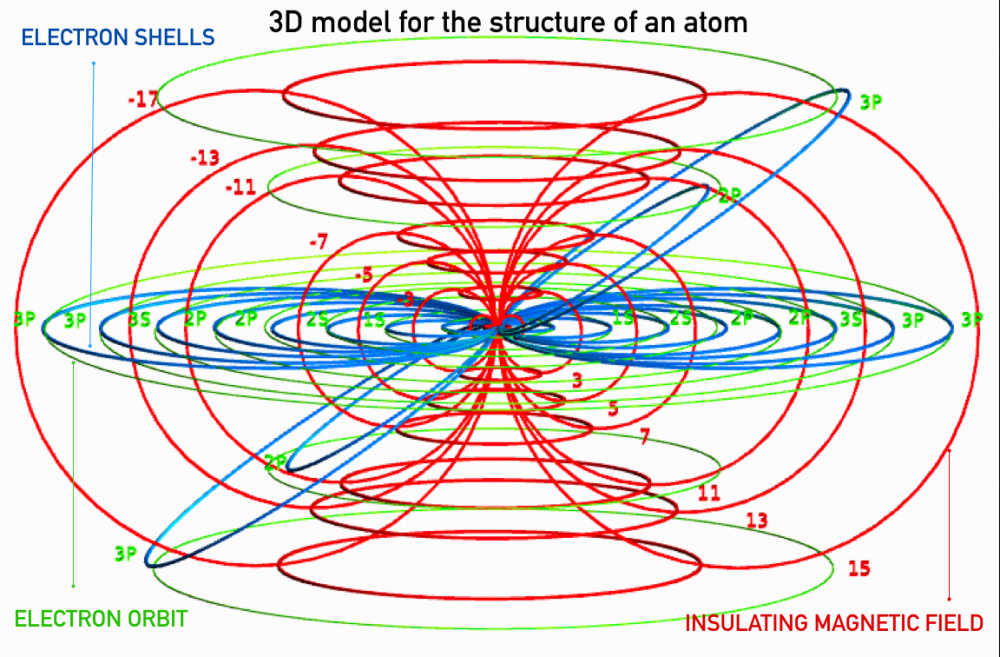

danking
Senior Members-
Posts
37 -
Joined
-
Last visited
Content Type
Profiles
Forums
Events
Everything posted by danking
-
Sorry - I'm not sure I'm getting the picture... Isn't the number 2 considered prime? Does your theory continue into the f-shells? .... and I am NOT being rude here... just asking... So what? So what if these numbers are prime? What do you think it means? Yes 2 is considered to be a prime number. Yes it continues into the into f and beyond but as stated previously the f in the prime sequence sits at a 5 and 5 gap so it is the second "difference" and I'm cool with these questions I don't have all the answers - I do have thoughts on what it "could" mean.. Here's the full half sequence for the "up spin" Dan FYI on 2 There is no gap between 1 2 and 3 hence it's not included as it is before the gaps start at 3 and 5 = gap 1 5 and 7 = gap 1 etc
-
It's based on what you posted. You have electron orbits. Electrons don't orbit. Ergo, your conjecture has no basis experimental fact, or support of theory. Okay excuse my "inexact" language it's a little "unfair" to zoom in on that BUT electrons do exist in energy levels that ARE distinct and THEY CAN NOT exist between them they are EITHER in ONE or ANOTHER - check your quantum physics...
-
Hi DrP, I stated at the beginning of the post that this is spin specific i.e. it is half the electron configuration of atoms so either up spin or down spin... and yes the issues around the the p and d I have stated. so in this sequence - Copper would be 1s2 2s2 2p6 3s2 3p6 4s? 4p? 3d? what I am saying is that in this sequence the numbers are mirrored at the axis: 5 1 5 3 1 3 1 3 1 1 0 1 1 3 1 3 1 3 5 1 5 and yes there is a "difference" at the 4p and 3d I haven't delved into that it means and how it impacts I am focusing on the fact that there is a pattern regardless of what I think it means in the PRIME sequence and in the electron configuration "spin specific" ...
-
Okay, thank you for admitting you were wrong... but I wasn't: As I pointed out in my original post: There seems to be a correlation between these sequences other than: 1 1 3 1 3 1 3 5 1 5 (Primes Gaps) 1s1 2s1 2p3 3s1 3p3 4s1 3d5 4p3 5s1 4d5 (Electron Configuration from Hydrogen to Cadmium) The ONLY difference is at 3d5 and 4p3... Now if you imagine this sequence is right up to the 58th element with a "wobble" in the middle at 3d5 and 4p3 AND you think about this being the PRIME NUMBER SEQUENCE... and that you won't find this referenced anywhere online... IS this significant? There are also differences with the f orbitals BUT if you look at the periodic table even that is "fudged" at element 57 and 89 (14 elements added at the bottom) Re( I don't yet see a correct 3D drawing of an s orbital from yourself. - I don't have access to a 3D model system but if I did I could show it - BUT hopefully you can forgive me that) Dan There is also a "difference" at the 4f which the text books show having 14 electrons BUT the prime sequence has 2 5's together... which in itself is odd that where the patterns switches to 14 there is a gap of 10 in the sequence. Here is a 2D representation of the s orbital at prime 5- as you can see it is shaped as you expect (crisscross black) - this 2D model spins on the axis 0,0,0
-
Okay and I showed you that the book you "referenced" shows that my list IS CORRECT you must have read it INCORRECTLY because you haven't taken into account how the "shells" fill up... I STATED THAT the ONLY difference is at the 4p3 and 3d5 I have added a screen shot of your book BUT if you don't know basic electron configurations I'm hardly likely to much notice of the "some of your work is incorrect" I'm only replying so other people can see that you "criticise" but you aren't accurate...
-
lol "honest evaluation" "most ideas are wrong" "you think its personal" Imagine what you would have said to Einstein lol... In science you make observations... I simply observed something of interest and was foolish enough to post it on here. All I stated was that the first 58 elements of the periodic tables electrons can sit within the gaps in the PRIME NUMBER SEQUENCE. It's not an idea, it's not pseudo science it's a simple fact. You then went off on a complete tangent about "Electrons can't have defined trajectories. That causes a whole slew of problems." Which is a nonsense and nothing to do with the simple fact that: "The first 58 elements of the periodic tables electrons can sit within the gaps in the PRIME NUMBER SEQUENCE." The end.
-
Wow that's pretty aggressive I was trying to be polite... please feel free to delete this post I'll go elsewhere and I guess I won't thank you...
-
Thanks for coming back.... The trajectories I can deal with later I have thoughts on that... In terms of the original sequences (prime gap sequence): 1 1 3 1 3 1 3 5 1 5 The circle image is the same sequence ONLY mirrored on the axis at 0 i.e. for clarity UP SPIN & DOWN SPIN 5 1 5 3 1 3 1 3 1 1 0 1 1 3 1 3 1 3 5 1 5 You could think of it as -primes and + primes In terms of the orbital shapes this pattern follows that shape in that the s orbitals are ∞ shaped and rotated through the z axis hence the doughnut shape the circles are obviously just for "drawing" purpose... Again thank you for coming back to me I'm aware that this is either quirky coincidence or something far more important. Dan I have added Hydrogen and although it's not clear here the s orbital "doughnut" because it's a little more complex... Thanks Swansont, The electrons don't have "defined trajectories" they sit within prime numbers.. it's a little more complex and involves the riemann zeta function... The electrons don't travel exactly though the 0,0,0 ... so they actually touch all the primes (red, green and pink are prime circles blue are electrons - but this is a 2D trjectory they can be anywhere within that 3D space and they rotate so the pattern matches the "probability fields"... Thanks again! Dan Hi Swansont I have just read your post http://insti.physics.sunysb.edu/~siegel/quack.html lol i accept this is a bit out there and I've missed something I just wish it wasn't linked to the prime number sequence... it's just ridiculous coincidence. Dan
-
Thanks for coming back to me... In the diagram below the up electrons are on the right and the down electrons are on the left i.e. they are spinning through the centre of the atom... So both the up and down are included: They would fill up 1s1 on the right, 1s2 on the left, 2s1 on the right, 2s2 on the left... etc I've added a 3D model of Argon: Blue circles are the electrons orbiting, red are the prime magnetic field lines and the green are the actual rotational orbits... Thanks! Dan
-
Thank you so much for coming back No problem I'm only exploring this I'm looking for errors... "I think you are saying I've switched the p and d .. not the s" The s orbitals are critical. They fill first they are Group 1 and Group 2 of the table - the issues with this model is whether the transition metals are d or p... I've added 2 sources to show this... By the time you get to f it is a lot more fluid, however - f shell tends to be atoms that are radioactive and are not stable and rarely observed... but I've added f in I've attached an image of what this "could" look like as an atom as well - with the electrons travelling through the middle... I've added 2 images showing what that "might" look like but again feedback is a gift Thanks again for spending the time on this! Dan
-
Thanks for coming back I really appreciate it I haven't changed the sequence that's the one major difference between the prime gaps and the electron configuration... the 3d and 4p are switched... i.e. the gap between 19 and 23 (3) the gap between 23 and 29 (5) Thanks, Dan. It's also interesting your note on Ferric iron... let me have a look into that ;-) I've added a chart showing the primes and the their gaps and overlayed the electron configuration The blue circles represent electrons and the red circles are the prime number lines which could be magnetic field lines generated by the electrons...
-
The electron configuration of atoms is a pretty important sequence of numbers: 1s2 2s2 2p6 3s2 3p6 4s2 3d10 4p6 5s2 4d10 (Hydrogen to Palladium) Essentially: 2, 2, 6, 2, 6, 2, 10, 6, 1, 10 If you isolate the up electron spin: 1s1 2s1 2p3 3s1 3p3 4s1 3d5 4p3 5s1 4d5 or: 1 1 3 1 3 1 5 3 1 5 ... The prime number sequence is an equally important sequence of numbers: 3, 5, 7, 11, 13, 17, 19, 23, 29, 31, 37, 41, 43, 47, 53... If you isolate the number gaps between the primes i.e. between prime 3 and prime 5 is the number 4 i.e. a gap of 1 number: Number gaps in the prime sequence: 1 1 3 1 3 1 3 5 1 5 Electrons configuration spin up: 1 1 3 1 3 1 5 3 1 5 There seems to be a correlation between these sequences other than: 1 1 3 1 3 1 3 5 1 5 (Primes Gaps) 1s1 2s1 2p3 3s1 3p3 4s1 3d5 4p3 5s1 4d5 (Electron Configuration from Hydrogen to Cadmium) Am I missing something here? The prime number sequence and the electron configuration arguably the two most important sequences in the universe and they seem to match? Is that merely a coincidence or significant? Thanks for any feedback! Dan



